By: Gayathri Pramod, Research Analyst, GSDN

The Belt and Road Initiative (BRI) is one of modern international relations’s most transformative and ambitious foreign policy and development projects. Launched in 2013 by Chinese President Xi Jinping, the initiative was initially introduced as ‘One Belt, One Road’ (OBOR), symbolizing the revival of the ancient Silk Road that once connected China to Europe through Central Asia. Over time, the initiative evolved into the Belt and Road Initiative, embodying a multidimensional framework of economic corridors, trade networks, digital infrastructure, energy cooperation, and cultural exchanges. This vision encompasses more than a singular infrastructural project; it represents a strategic endeavor by China to position itself at the center of a new global order, reshape international trade routes, and reinforce its economic and diplomatic reach far beyond its borders.
The BRI comprises two primary components: the Silk Road Economic Belt and the 21st Century Maritime Silk Road. The Silk Road Economic Belt consists of land-based corridors that seek to connect China to Europe via Central Asia, Russia, and the Middle East. This segment primarily involves the development of transcontinental railways, energy pipelines, roadways, and industrial parks, aiming to reduce the over-reliance on maritime trade routes and to strengthen China’s integration with the Eurasian landmass. Meanwhile, the 21st Century Maritime Silk Road focuses on sea routes that stretch from China’s eastern seaboard to Southeast Asia, South Asia, Africa, and Europe through the South China Sea, Indian Ocean, and beyond. These two prongs envision a vast network of interconnected infrastructure projects that facilitate trade, investment, and political cooperation.
Over a decade into its implementation, the BRI has expanded its geographical footprint extensively, with more than 140 countries and international organizations having signed memoranda of understanding with China to participate in the initiative. These agreements span diverse sectors, including transport, energy, digital infrastructure, and industrial development. Investments under the BRI framework have ranged from constructing high-speed railways in Southeast Asia to deep-water ports in Africa, oil pipelines in Central Asia, and smart city technologies in the Middle East. China’s financial commitments to the BRI are enormous, estimated to exceed US$ 1 trillion, primarily financed through Chinese policy banks such as the China Development Bank and the Export-Import Bank of China, as well as commercial lending by state-owned enterprises and local governments.
Despite these ambitious goals and expansive activities, the success of the BRI remains a subject of intense debate and is multifaceted. Proponents argue that the initiative has brought much-needed infrastructure, connectivity, and economic stimulus to developing countries, filling gaps left by traditional Western-led development institutions. They contend that the BRI promotes mutual development and South-South cooperation. However, critics raise concerns about the political and economic implications of the initiative, including fears of debt dependency, erosion of sovereignty, lack of transparency, and the projection of Chinese strategic interests under the guise of economic cooperation. Moreover, geopolitical tensions have intensified as rival powers such as the United States, India, and the European Union increasingly view the BRI as challenging the existing international order.
This paper is dedicated to critically assessing the extent to which the Belt and Road Initiative has succeeded in fulfilling its stated and implicit goals. It does so by examining the initiative’s economic, strategic, and geopolitical dimensions. The economic analysis focuses on trade flows, infrastructure development, investment patterns, and debt sustainability. The strategic dimension explores China’s use of the BRI to secure energy routes, project military influence, and expand its technological standards. The geopolitical assessment evaluates how the BRI has altered alliances, regional balances of power, and the global perception of China’s rise. Ultimately, the paper contends that while the BRI has achieved several noteworthy accomplishments and consolidated China’s influence in various regions, its long-term success remains uncertain and contingent upon how China addresses the internal and external challenges confronting the initiative.
The Genesis and Objectives of the Belt and Road Initiative
The conceptual roots of the Belt and Road Initiative can be traced to China’s internal economic transitions and strategic recalibration in the early 21st century. After three decades of rapid industrialization, China faced several structural challenges, including overcapacity in heavy industries, declining productivity growth, regional inequality, and the need to move up the global value chain. Moreover, the 2008 global financial crisis exposed vulnerabilities in the Western-dominated financial system. It prompted Beijing to seek alternative global engagement models that would not be overly reliant on Western markets or institutions. In this context, the BRI emerged as a forward-looking strategy to export China’s surplus industrial capacity, create new markets for its goods and services, and integrate developing countries into a Sinocentric economic order.
Announced in two speeches by President Xi Jinping in Kazakhstan and Indonesia in 2013, the BRI was presented as a vision to promote international cooperation and shared development. On the surface, the initiative appears benign and inclusive, emphasizing principles such as policy coordination, connectivity, unimpeded trade, financial integration, and people-to-people exchanges. However, the underlying objectives of the BRI are far more complex and strategic. One key goal is to promote economic interdependence between China and other regions, thereby creating leverage in international negotiations and reducing the risk of economic isolation. By deepening infrastructure connectivity and cross-border investments, the BRI helps China to secure stable trade routes, energy supplies, and raw materials essential for its continued growth.
Another primary objective is to expand China’s soft power and diplomatic influence. Through its provision of development finance and infrastructure, China presents itself as an alternative to the West and a Global South champion. Unlike traditional Western development models that often come with governance and human rights conditions, Chinese-led projects under the BRI often emphasize mutual respect for sovereignty and non-interference in domestic affairs. This approach has made the BRI particularly attractive to authoritarian regimes and developing countries that feel marginalized by the global financial architecture. Consequently, the initiative serves as a diplomatic vehicle to enhance China’s standing in the global south and to counterbalance Western influence in key strategic regions.
The BRI also serves a domestic political function. It reflects President Xi Jinping’s consolidation of power and his ambition to craft a personal legacy of national rejuvenation and global leadership. The initiative is closely tied to the “Chinese Dream” of national resurgence. It is often framed as a key pillar of China’s aspiration to reclaim its historical role as a central player in global affairs. By launching a project of such a global scale, the Chinese leadership aims to project confidence, assertiveness, and an image of inevitable ascendancy.
Additionally, the initiative is designed to address China’s security concerns and geostrategic vulnerabilities. For example, the over-reliance on maritime trade routes, particularly the Strait of Malacca, has long been viewed by Chinese strategists as a potential choke point that rival powers could exploit in times of conflict. Through the development of alternative land routes via Central Asia and Pakistan, as well as strategic port acquisitions in the Indian Ocean and Africa, the BRI attempts to circumvent this “Malacca Dilemma” and ensure energy and trade security. Moreover, by investing in volatile regions such as the Middle East, Central Asia, and the Horn of Africa, China aims to promote stability and create favorable conditions for Chinese companies operating abroad.
An important but often overlooked goal of the BRI is exporting Chinese standards and governance models. As China invests in smart cities, telecommunications, and digital infrastructure under the “Digital Silk Road” framework, it simultaneously promotes its technological platforms, regulatory frameworks, and cybersecurity protocols. This technological dimension allows China to shape the rules and norms of emerging digital economies, thereby challenging the dominance of Western firms and institutions in the digital space. The BRI is not merely an economic development project but a multidimensional strategy reflecting China’s global aspirations and internal imperatives. It seeks to address structural challenges within the Chinese economy, expand geopolitical influence, secure critical trade and energy routes, and promote a vision of global order that is more reflective of China’s interests and values. As such, understanding the BRI requires moving beyond its surface-level rhetoric and delving into its complex interplay of economic, strategic, and ideological motivations. In the following sections, this paper will critically examine how these ambitions have translated into tangible success, considering both achievements and the emerging challenges confronting the initiative on multiple fronts.
Economic Dimensions of the BRI: Successes and Limitations
The economic rationale behind the Belt and Road Initiative has always been central to its global appeal and strategic execution. At its core, the BRI was conceived to internationalize China’s economy, mitigate industrial overcapacity, and stimulate trade and investment across borders. In the initial years, this vision bore substantial fruit. Chinese state-owned enterprises, often supported by concessional loans from Chinese banks, spearheaded massive infrastructure projects across Asia, Africa, and Europe. High-speed rail lines in Southeast Asia, energy pipelines in Central Asia, highways in Pakistan, and deep-sea ports in Sri Lanka, Kenya, and Greece demonstrated the initiative’s expansive economic footprint.
One of the early signs of success was the increased trade volumes and improved connectivity among participant countries. Nations with previously poor infrastructure were suddenly linked to regional and global markets, accelerating economic activity. The China-Europe Railway Express, for example, significantly reduced the time and cost of transporting goods between China and Europe, providing a competitive alternative to sea freight. Similarly, the development of the China-Pakistan Economic Corridor (CPEC) opened up new trade possibilities for Pakistan, granting it improved access to energy and transportation networks. In Africa, Chinese-funded infrastructure under the BRI filled substantial gaps left by Western donors and international financial institutions, many of which had retreated from large-scale infrastructural development.
From China’s perspective, the BRI also helped reduce regional disparities within its borders. Western provinces like Xinjiang and Yunnan, which lagged behind the coastal regions in economic development, became key nodes in transnational connectivity projects. The initiative justified massive domestic investment in these regions, enhancing social stability and economic opportunity. Additionally, by facilitating capital outflows and creating external demand for steel, cement, and machinery, the BRI helped absorb surplus industrial capacity, threatening to destabilize China’s domestic economy.
However, the economic success of the BRI is far from uniform and has increasingly come under scrutiny. Several projects have been criticized for being economically unviable, poorly planned, or executed without considering local needs and capacities. The Hambantota Port in Sri Lanka became emblematic of these concerns when the Sri Lankan government, unable to service the Chinese debt incurred during construction, was forced to lease the port to a Chinese state-owned company for 99 years. This incident intensified fears of “debt-trap diplomacy,” a term critics use to describe how Chinese lending practices could lead to losing sovereignty and strategic assets in host countries.
Debt sustainability has emerged as a significant limitation of the BRI, especially in low-income and politically unstable countries. According to estimates from the World Bank and the Center for Global Development, several BRI participant countries are at high risk of debt distress due to large-scale borrowing from Chinese lenders under opaque terms. Many countries cannot generate sufficient revenue from the funded projects, leading to fiscal strain and growing dependency on Beijing. This has prompted calls for greater transparency in loan agreements, better risk assessment, and more inclusive planning processes involving local stakeholders.
Another significant economic challenge is the limited participation of local labor and firms in BRI projects. Chinese companies often import their workers, machinery, and technology, limiting the transfer of skills and economic benefits to host communities. This approach has led to local resentment, protests, and labor disputes in various countries, including Pakistan, Ethiopia, and Indonesia. Critics argue that instead of fostering inclusive development, the BRI often reinforces a model of dependency that benefits Chinese interests disproportionately. Despite these limitations, dismissing the BRI’s economic impact would be inaccurate. The initiative has catalyzed a renewed global interest in infrastructure development, prompting competing efforts such as the European Union’s Global Gateway and the United States’ Build Back Better World initiative. In this sense, the BRI has forced a global recalibration of development financing and infrastructure priorities, placing connectivity and regional integration at the center of economic policy discourse.
Strategic Dimensions: Security, Influence, and Power Projection
Beyond its economic goals, the Belt and Road Initiative is deeply embedded in China’s strategic calculus. Developing strategic infrastructure—such as ports, energy corridors, and digital infrastructure—has allowed China to project power and secure long-term geopolitical advantages in various regions. One of the most illustrative examples of this is the development of ports under the “String of Pearls” strategy, which includes facilities in Gwadar (Pakistan), Djibouti, Hambantota (Sri Lanka), and Piraeus (Greece). While these ports are ostensibly commercial, they also serve dual-use purposes, with potential military logistics and naval presence applications.
Establishing China’s first overseas military base in Djibouti, adjacent to a BRI-funded port, highlights how economic initiatives can blur into strategic power projection. This convergence has alarmed rival powers, particularly the United States and India, who see the BRI as a means for China to expand its military footprint under the guise of economic development. The growing Chinese naval presence in the Indian Ocean and infrastructure development in key chokepoints have intensified strategic competition and altered the security dynamics in South Asia and the Indo-Pacific.
Moreover, the BRI facilitates the projection of soft power and ideological influence. China has sought to promote its values and governance model through cultural exchanges, educational programs, media cooperation, and Confucius Institutes. The Digital Silk Road, which includes investments in telecommunications, surveillance systems, and e-commerce platforms, allows China to set technological standards and export its approach to digital governance. In countries like Ethiopia, Kenya, and Pakistan, Chinese firms have played a central role in developing national surveillance and internet infrastructure, raising concerns about authoritarian technology exports and the erosion of democratic norms.
The BRI has also enabled China to consolidate bilateral relationships and build regional coalitions. By offering attractive financing packages with minimal conditionality, China has been able to bypass multilateral institutions and engage in direct state-to-state diplomacy. This model has been particularly effective in regions where Western influence receded or was viewed suspiciously. For example, in Central Asia, the BRI has reinforced China’s strategic presence at the expense of Russia’s traditional influence. Despite tensions in the South China Sea in Southeast Asia, several countries continue to welcome Chinese investments as part of their national development strategies.
However, China’s strategic gains have not gone unchallenged. The United States and its allies have increasingly viewed the BRI as a tool for Chinese hegemony and have responded with counter-initiatives to limit Beijing’s influence. The Quadrilateral Security Dialogue (Quad), comprising the U.S., India, Japan, and Australia, has emphasized infrastructure development, maritime security, and technological collaboration as part of its strategic counterbalance to the BRI. Similarly, the G7-led Partnership for Global Infrastructure and Investment aims to offer a transparent and sustainable alternative to Chinese financing. China’s strategic ambitions have also encountered resistance from the BRI partner countries. Concerns about sovereignty, environmental degradation, corruption, and political interference have led to the suspension, renegotiation, or cancellation of several BRI projects. In countries such as Malaysia, Myanmar, and Tanzania, newly elected governments have sought to revise or withdraw from Chinese-funded projects, reflecting domestic pushback against perceived Chinese overreach. These incidents reveal that the BRI’s strategic success is not guaranteed and depends heavily on local political dynamics and public sentiment.
Geopolitical Dimensions: Global Reordering and Resistance
Geopolitically, the Belt and Road Initiative challenges the liberal international order established after World War II. The initiative embodies an alternative vision of global connectivity that prioritizes state-led development, non-interference in domestic affairs, and bilateral cooperation over multilateralism and liberal norms. By positioning itself as the architect of this new order, China seeks to reduce Western dominance in global governance and offer a model of development that aligns with the interests of authoritarian and semi-authoritarian regimes.
The BRI’s expansion into Europe has caused divisions within the European Union, as some member states, such as Italy and Hungary, have signed on to the initiative despite opposition from Brussels. This has undermined the EU’s collective foreign policy stance and created opportunities for China to exploit internal differences. Similarly, the BRI’s outreach into Latin America and the Caribbean has brought China into the traditional sphere of influence of the United States, raising concerns in Washington about strategic encroachment and ideological competition.
At the multilateral level, China has used the BRI as a platform to push for reforms in global governance institutions. Through initiatives such as the Asian Infrastructure Investment Bank (AIIB) and the Silk Road Fund, China has sought to create alternative mechanisms that reflect its priorities and reduce its reliance on institutions dominated by Western powers. While these efforts have gained some traction, they also raise questions about transparency, accountability, and the long-term consequences of a parallel global order.
However, the geopolitical landscape surrounding the BRI is becoming increasingly contested. The COVID-19 pandemic, coupled with growing concerns over Chinese influence, has led to a reassessment of the BRI’s risks and benefits. Supply chain disruptions, rising debt burdens, and geopolitical tensions have caused delays and cancellations of many projects. Additionally, China’s domestic economic slowdown and shifting political climate have prompted a recalibration of the BRI itself. The emphasis has moved toward “small and beautiful” projects that are more sustainable and commercially viable rather than the grandiose infrastructure schemes of the early years.
Nevertheless, the BRI has established China as a central player in the evolving global order. Whether through economic leverage, strategic positioning, or ideological outreach, the initiative has reshaped international perceptions of China’s rise. It has also triggered a wave of counter-initiatives and forced other major powers to revisit their development and foreign policy strategies. In this sense, even amid resistance and recalibration, the BRI has fundamentally altered the geopolitical terrain.
Conclusion
More than a decade since its launch in 2013, China’s Belt and Road Initiative (BRI) remains one of the most ambitious global undertakings of the 21st century. Framed as an economic connectivity and infrastructure development project, the BRI has evolved into a multifaceted instrument of China’s global strategy, encompassing economic, strategic, and geopolitical dimensions. This research has shown that the success of the BRI cannot be evaluated in binary terms. Instead, it exists on a spectrum characterized by significant accomplishments alongside notable challenges and recalibrations.
Economically, the BRI has succeeded in expanding trade routes, increasing Chinese foreign direct investment, and addressing infrastructure deficits across Asia, Africa, and beyond. It has facilitated regional integration, improved transportation efficiency, and opened new Chinese goods and services markets. For several developing countries, BRI projects have offered a vital alternative to traditional development financing, allowing for the rapid construction of highways, railways, energy grids, and ports. At the same time, however, this success has been undermined by unsustainable debt burdens, lack of transparency, and limited local participation. The prevalence of Chinese labor and materials in BRI projects and governance issues has generated backlash and accusations of neo-colonialism, leading to delays, renegotiations, or even cancellations of significant contracts.
Strategically, the BRI has served as a powerful extension of China’s geopolitical footprint. Creating dual-use ports, energy corridors, and digital networks has allowed Beijing to enhance its influence beyond its borders. The initiative has helped consolidate relationships with strategically important countries, strengthened supply chains critical to China’s long-term energy and trade security, and challenged existing Western-led global structures. By embedding itself deeply in partner countries’ political and economic infrastructures, China has advanced its ambition to become a global leader. However, this strategic reach has also provoked significant resistance. Regional powers like India and global actors, including the United States and the European Union, have responded with alternative frameworks to curb Chinese dominance. These competing initiatives have triggered a reassertion of influence in regions where China once operated with little contestation.
Geopolitically, the BRI has played a transformative role in reshaping the international order. China has sought to project an alternative global development model that emphasizes state-led investment, non-interference, and bilateral cooperation, thereby presenting itself as a viable counterweight to Western liberalism. The establishment of parallel financial institutions like the AIIB has further enabled Beijing to challenge the primacy of Bretton Woods institutions. Nonetheless, the geopolitical environment has grown more complex and adversarial recently. The pandemic, rising nationalism, a slowing Chinese economy, and geopolitical flashpoints such as the Russia-Ukraine war have exposed the fragility of global connectivity and compelled Beijing to adopt a more cautious and sustainable approach. This has been evident in the shift toward “small and beautiful” projects, more attention to risk management, and an emerging focus on “green” and digital BRI efforts from a Debt-Trap Diplomacy.
In sum, the Belt and Road Initiative has been partially successful. It has achieved much in terms of physical infrastructure creation, market expansion, and China’s global voice amplification. At the same time, it has also encountered structural, political, and ideological resistance that limits its full realization. The BRI’s future will likely depend on its ability to adapt to a rapidly changing global landscape, address concerns about debt and sovereignty, and foster more inclusive and transparent development partnerships. If China manages this recalibration effectively, the BRI could remain a cornerstone of 21st-century globalization. It may become a cautionary tale of overreach and contested ambition if not.






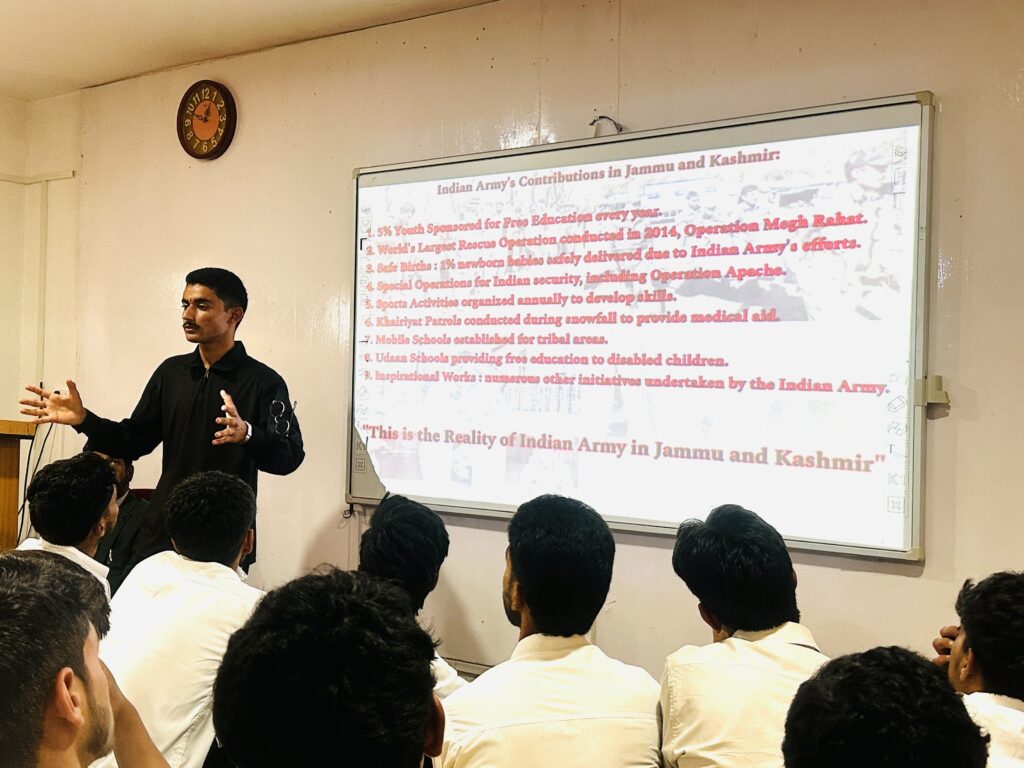

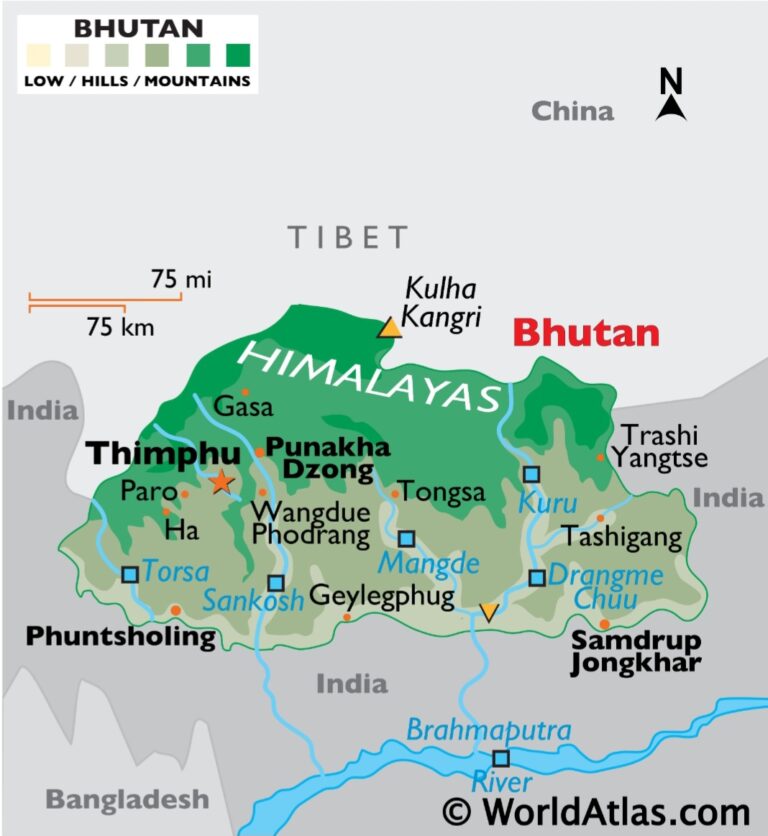

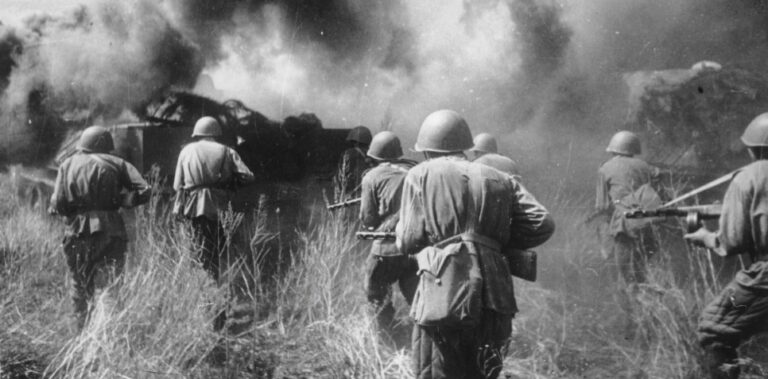


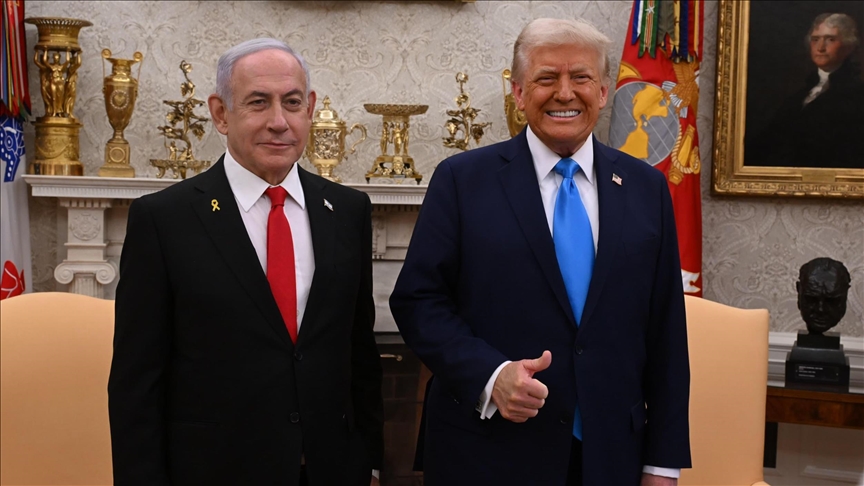

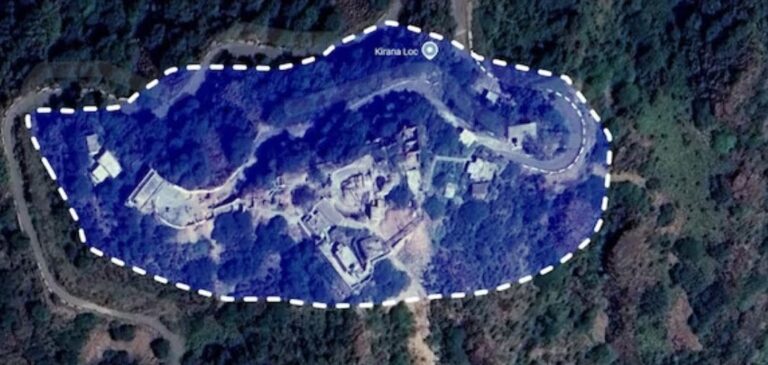
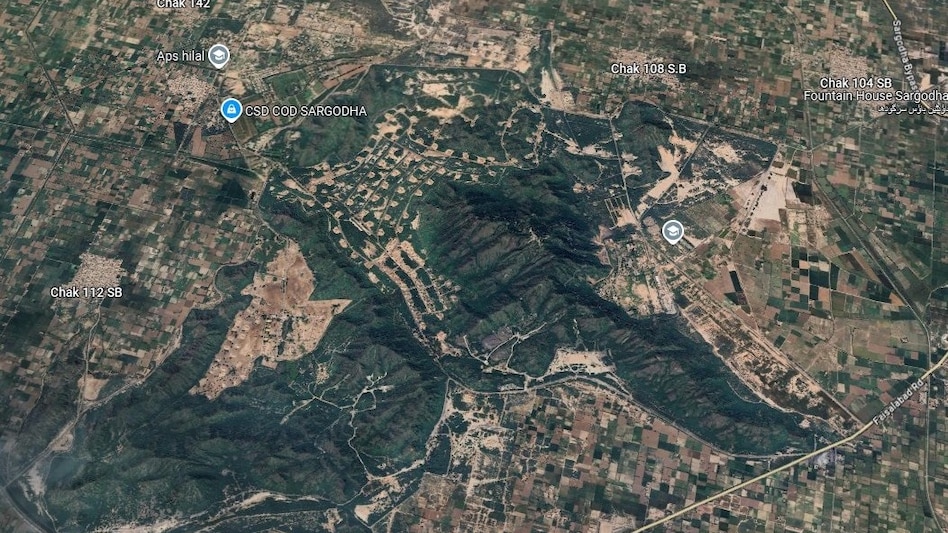





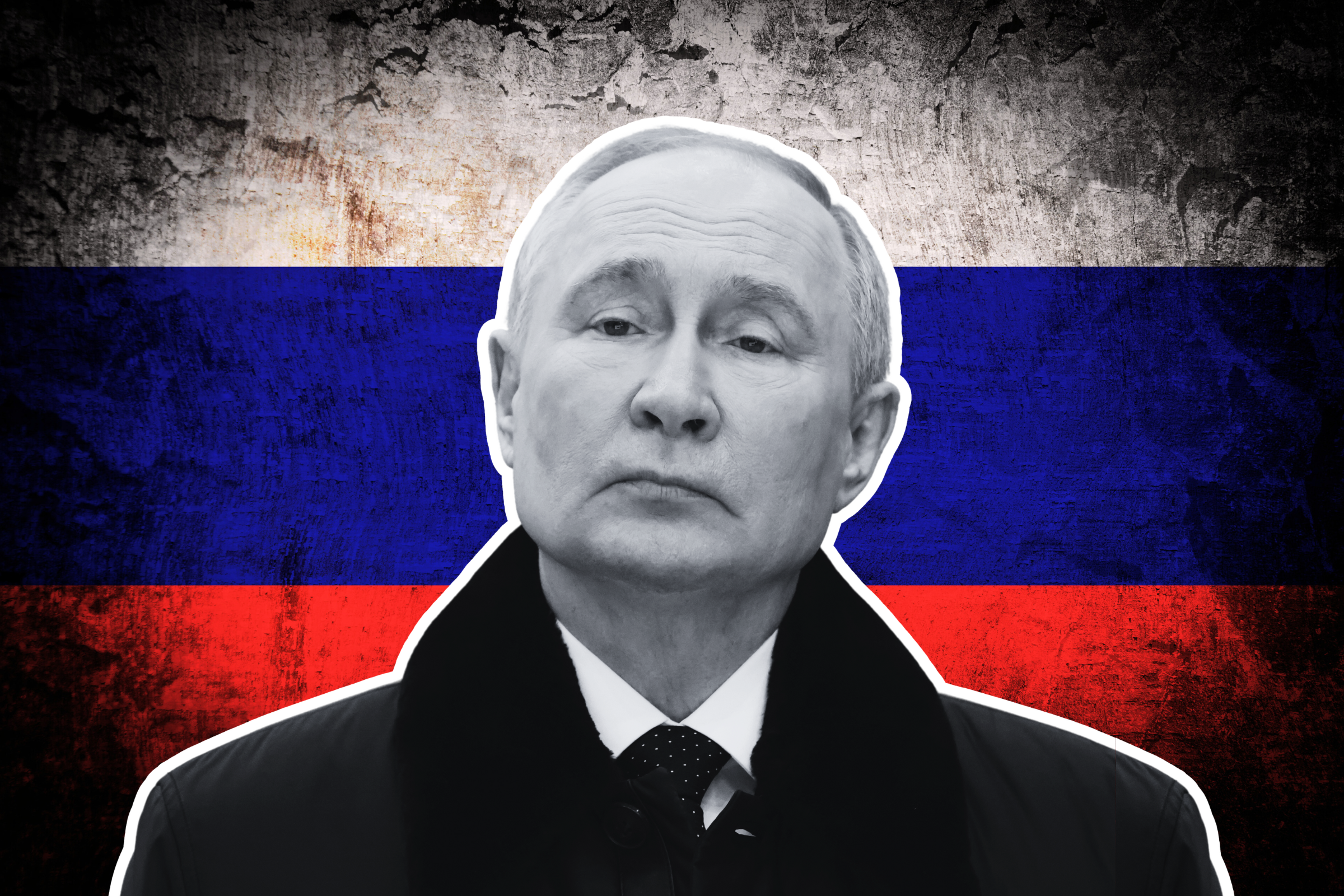 Putin Rejects ‘Ultimatums’; Europe and Ukraine Hold the Line for Ceasefire
Putin Rejects ‘Ultimatums’; Europe and Ukraine Hold the Line for Ceasefire
